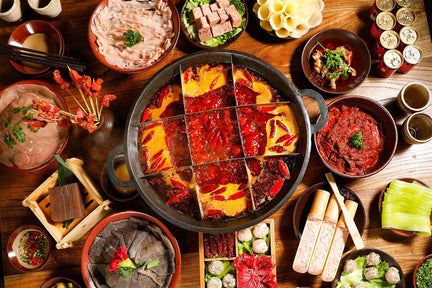
Muscat
Muscat, also known as Moscato, is one of the most aromatic and versatile wine grape varieties.
All about Muscat
Appearance
- Color: Pale straw to golden hues, depending on the style and age of the wine.
- Opacity: Clear and bright, often with a slight shimmer, particularly in sparkling or young wines.
Aroma
- Primary Aromas: Dominated by floral notes like orange blossom, rose, and jasmine, along with ripe stone fruits such as peach and apricot.
- Secondary Aromas: Citrus scents, particularly mandarin orange and lemon, as well as hints of herbs like sage and thyme.
- Tertiary Aromas: In aged or fortified styles, Muscat can develop richer notes of honey, caramel, nuts (such as almonds and hazelnuts), and sometimes a touch of spice.
Flavor Profile
- Fruit Flavors: Prominent flavors include peach, apricot, orange, and pear. In some styles, tropical fruit notes like mango and pineapple can also be present.
- Other Flavors: Honey, marmalade, and a hint of nutmeg or clove in sweeter styles. Muscat wines may also have a subtle minerality, especially those grown in stony, well-drained soils.
- Oak Influence: Most Muscat wines are unoaked to retain their aromatic intensity and fresh fruit flavors. However, some aged Muscats, particularly fortified styles, may see oak aging, adding complexity with notes of vanilla and toast.
Structure
- Body: Light to medium-bodied, with a silky texture that can range from crisp to creamy, depending on the wine style.
- Tannins: Virtually none, as Muscat is a white wine.
- Acidity: Generally moderate, providing balance to the wine’s natural sweetness.
- Alcohol: Ranging from 5% to 14%.
Join the club
Get this varietal often & more delivered to your doorstep when you join our wine club!
Classic Series Membership
Regular price
From $39
Regular price
Sale price
From $39
Unit price
/
per
Vintners Series Membership
Regular price
From $42
Regular price
Sale price
From $42
Unit price
/
per
Limited Series Membership
Regular price
From $52
Regular price
Sale price
From $52
Unit price
/
per
Pairings for Muscat










